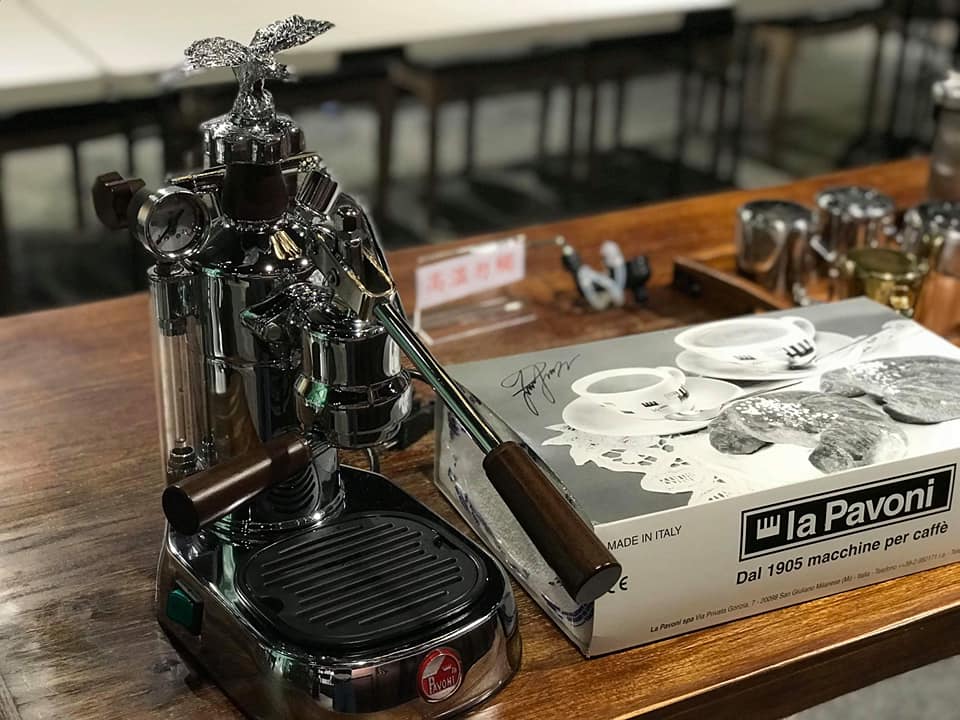As I explained briefly in my previous article (which explains how to recover the pressure of extraction on a lever machine), it is possible to know the water temperature of a boiler by measuring the water pressure.

Example of a double pressure gauge found in some coffee machines. Top: boiler pressure, bottom: pressure during extraction.
We all know that water boils at 100°C at an atmospheric pressure of 1.013 bar (ie at an altitude equal to sea level). When you go up in altitude, the atmospheric pressure therefore reduces the temperature of the mud water to a lower temperature (for example at an altitude of 6000m, the water boils at 80°C, because the atmospheric pressure is 0.471 bar).
I have divided the article into two parts:
- The theory
- The practice
The theory
So in the case of the use of a boiler (and in my case, the boiler of a coffee machine), it is to find precisely the temperature of the water knowing its altitude and its pressure. This relationship can be calculated using the Clapeyron formula.

- T: Temperature
- ∆ V: Variation of the molar volume during phase
- L change: latent heat equal to the change of enthalpy to the changing state, at constant pressure
Using this formula, I was able to build a water temperature conversion chart compared to the bar pressure observed in the boiler of the Pavoni coffee machine. This table was made for an altitude of 40m (at sea level).
| Temperature (°C) | Pressure (bar) |
|---|---|
| 17,51 | 0,020 |
| 24,10 | 0,030 |
| 28,98 | 0,040 |
| 32,90 | 0,050 |
| 36,18 | 0,060 |
| 39,02 | 0,070 |
| 41,53 | 0,080 |
| 43,83 | 0,090 |
| 45,83 | 0,100 |
| 60,09 | 0,200 |
| 69,13 | 0,300 |
| 75,89 | 0,400 |
| 81,35 | 0,500 |
| 85,95 | 0,600 |
| 89,96 | 0,700 |
| 93,51 | 0,800 |
| 96,71 | 0,900 |
| 99,63 | 1,000 |
| 100,00 | 1,013 |
| 102,32 | 1,100 |
| 104,81 | 1,200 |
| 107,13 | 1,300 |
| 109,32 | 1,400 |
| 111,37 | 1,500 |
| 113,32 | 1,600 |
| 115,17 | 1,700 |
| 116,93 | 1,800 |
| 118,62 | 1,900 |
| 120,23 | 2,000 |
When you buy coffee from your roaster you can ask at what ideal temperature can be extracted such or such coffee. For some coffee it will be rather 88 °c while for others it will be rather 92 °c. Using the table and graph below, you can easily find the ideal temperature on your machine.

Graph of the relationship between temperature and pressure of the La Pavoni boiler.
Table of boiling water temperatures according to altitude

And in practice: how to do it?
For everyday use, I found a small Android app that does the math on its own. It is called Nomograph and is free.

This is how the app looks
- In the “Normal boiling point in °C” menu, you must indicate the boiling temperature of water according to your altitude (for example 100°C if you are at sea level or 95°C if you are at 1500m).
- In the “Pressure in mbar/hPa” section, you must indicate the pressure value read on your manometer. For example, if the pressure gauge indicates 0.750 bar, you must enter 750 mbar in the application.
- In the last menu: “temperature in °C”, the temperature of your boiler will be displayed when you click on the “temperature estimation” button.
Exemple
In the two images above you can see the difference:

Example: I calculated the water temperature in a boiler at 750 mbar pressure. In this case I indicated a boiling point reference value of 100°C for an altitude of 0m. Boiler temperature is 89.6°C

Example: I calculated the water temperature in a boiler at 750 mbar pressure. In this case I indicated a boiling point reference value of 100°C for an altitude of 1500m. Boiler temperature is 84.74°C
It is also possible to search for the value in mbar using a desired temperature.
In short, for people looking to control the temperature of a coffee machine boiler using a pressure gauge, this application is really practical. I made myself a table of some temperatures used and wrote them down on a sheet that I leave next to my coffee machine.


Leave a Reply